The tamarind is a long-lived, medium-growth shrub, which attains a maximum crown height of 12 to 18 metres (39 to 59 ft). The crown has an irregular, vase-shaped outline of dense foliage. The tree grows well in full sun. It prefers clay,loam, sandy, and acidic soil types, with a high resistance to drought and aerosol salt (wind-borne salt as found in coastal areas). The evergreen leaves are alternately arranged and pinnately lobed. The leaflets are bright green, elliptic-ovular, pinnatelyveined, and less than 5 cm (2.0 in) in length. The branches droop from a single, central trunk as the tree matures, and are often pruned in agriculture to optimize tree density and ease of fruit harvest. At night, the leaflets close up.. As a tropical species, it is frost sensitive. The pinnate leaves with opposite leaflets give a billowing effect in the wind. Tamarind timber consists of hard, dark red heartwood and softer, yellowish sapwood.. The tamarind flowers (although inconspicuously), with red and yellow elongated flowers. Flowers are 2.5 cm wide (one inch), five-petalled, borne in small racemes, and yellow with orange or red streaks. Buds are pink as the four sepals are pink and are lost when the flowerblooms.
Trái me
The tamarind is a long-lived, medium-growth shrub, which attains a maximum crown height of 12 to 18 metres (39 to 59 ft). The crown has an irregular, vase-shaped outline of dense foliage. The tree grows well in full sun. It prefers clay,loam, sandy, and acidic soil types, with a high resistance to drought and aerosol salt (wind-borne salt as found in coastal areas). The evergreen leaves are alternately arranged and pinnately lobed. The leaflets are bright green, elliptic-ovular, pinnatelyveined, and less than 5 cm (2.0 in) in length


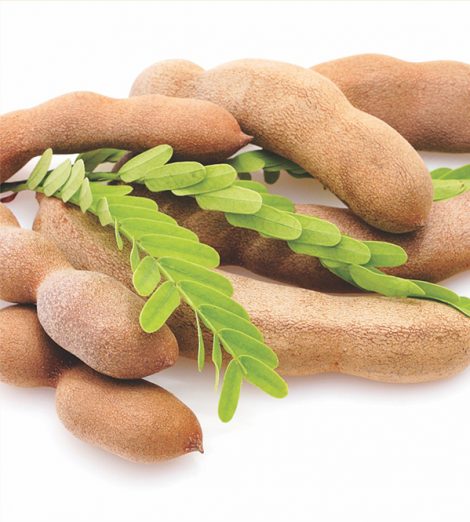
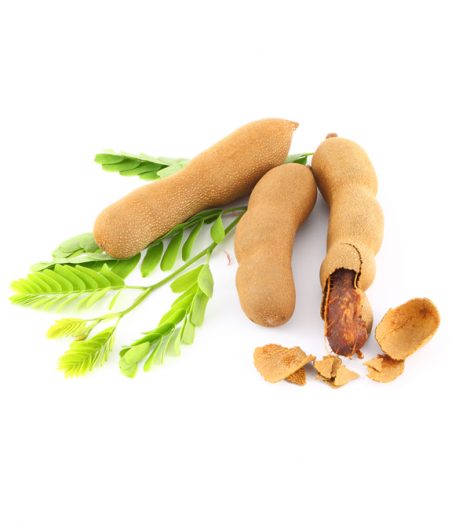
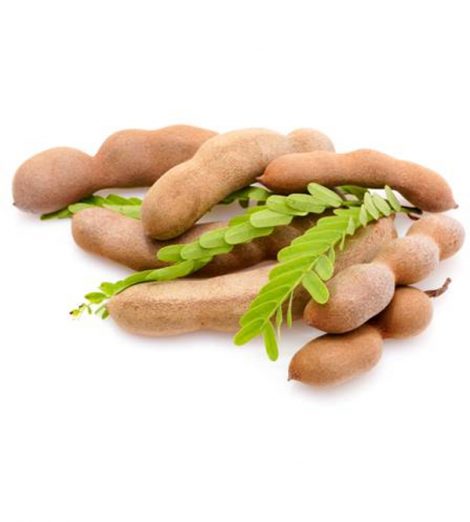
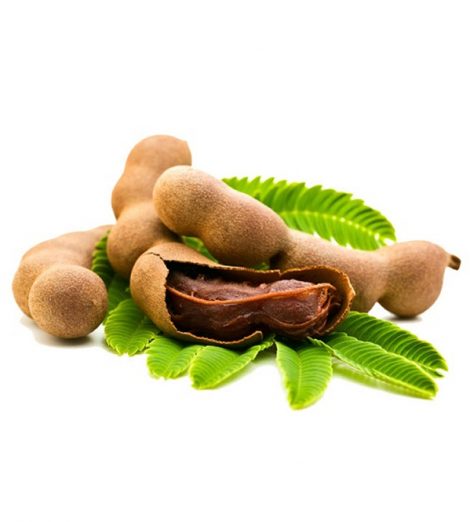
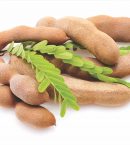

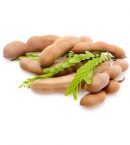
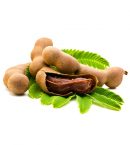






Đánh giá
Chưa có đánh giá nào.